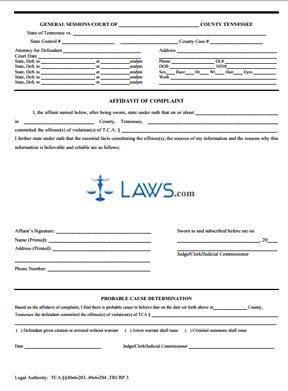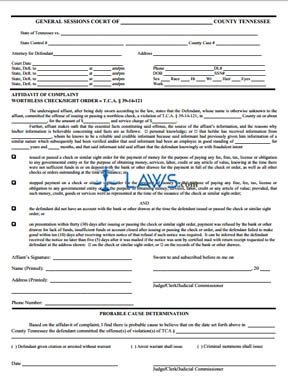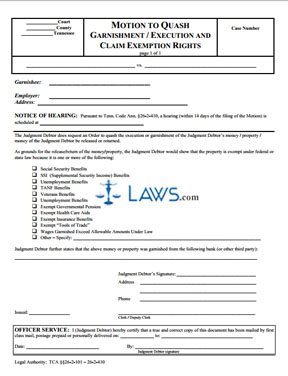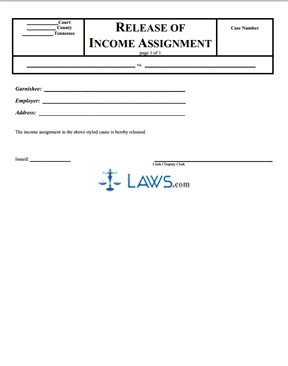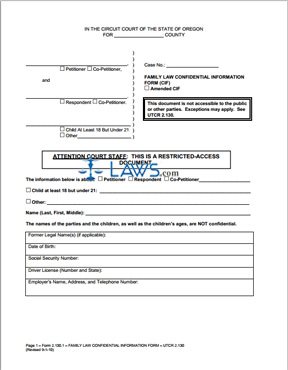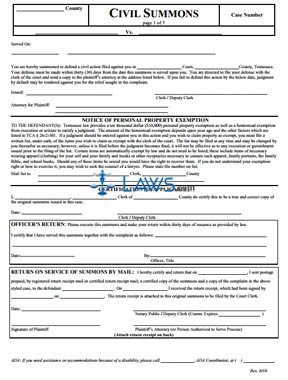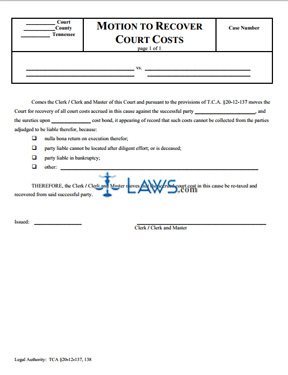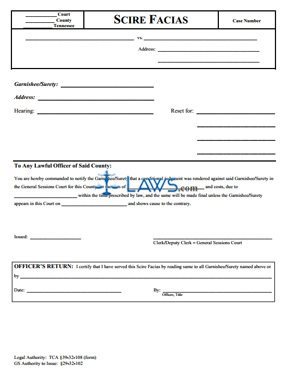Form Motion for Summary Judgment
INSTRUCTIONS : MOTION FOR SUMMARY JUDGMENT
(PAGES 7 and 8 ONLY)
A motion for summary judgment is a legal pleading filed in a civil court case that makes a request of the court to rule on a legal or factual issue based upon the submitted legal documents. This has the effect of halting a case before going to trial.
In this case, we are using the motion for summary judgment example used in the state of New Jersey. Examples of motions can also be found online or through legal help services.
1. The first step for filling out your motion for summary judgment is to include the case caption information on the top page of the motion, indicating the plaintiff’s name and contact information, followed by the defendant name or names and their contact information.
2. Next, you will need to provide the court information, including the name of the court and the docket number of the case.
3. Next, indicate whether you want to request an oral argument for your summary judgment motion. (Most summary judgment motions do not need oral argument, unless there is additional information you want to put in front of the judge that is not included on previous filings.)
4. In the next blank spaces, put the county name, address of the court, and the zip code, indicating where the case is being heard.
5. Date and sign the second page, under the notification statement.
6. You must next certify that service of the motion for summary judgment has been affected. If you are affecting service, sign and fill out all of the mailing information. If you use the service of a 3rd party, they must certify that they affected notice upon the opposing party and sign their names.
7. Although not mandatory, you may attach additional pages indicating your reasons for summary judgment and any supporting information that will help the judge decide. Each page must include a copy of a certification at the bottom, indicating that you have are certifying to the truth of the statements made in the motion.
8. Once the summary judgment motion is completed and sent to opposing parties, you may submit the form to the court for which the case is being heard.

